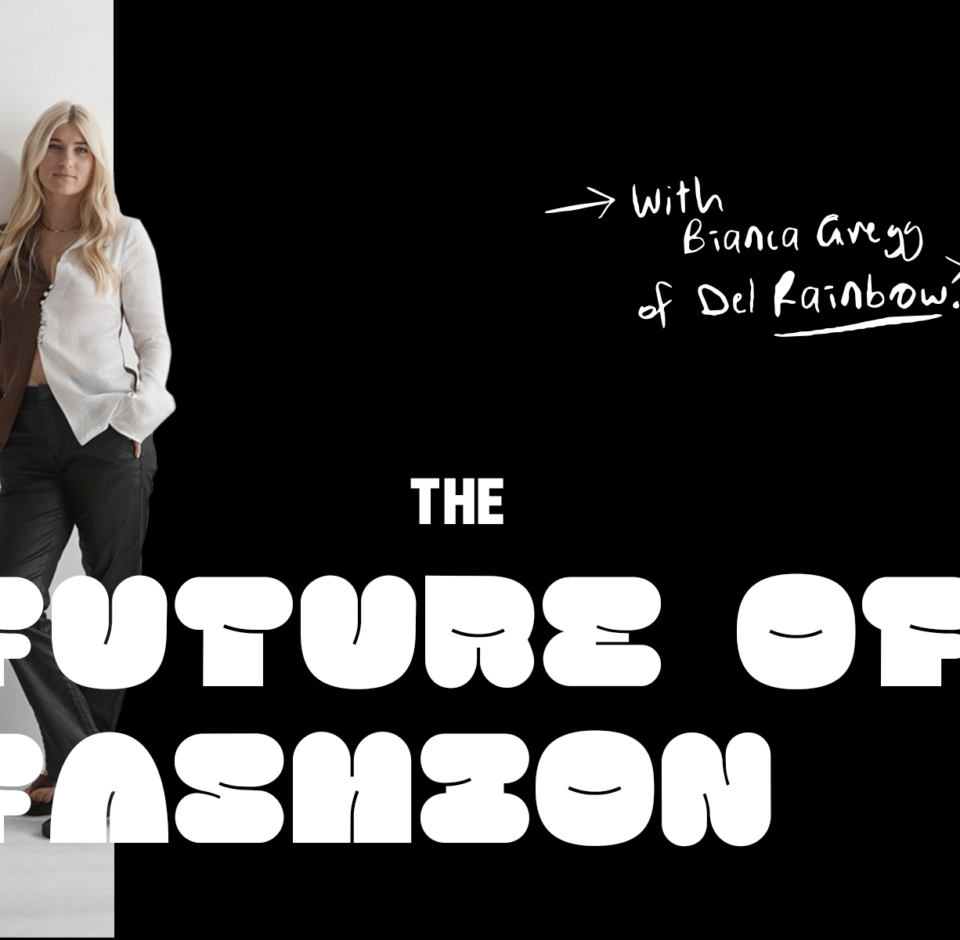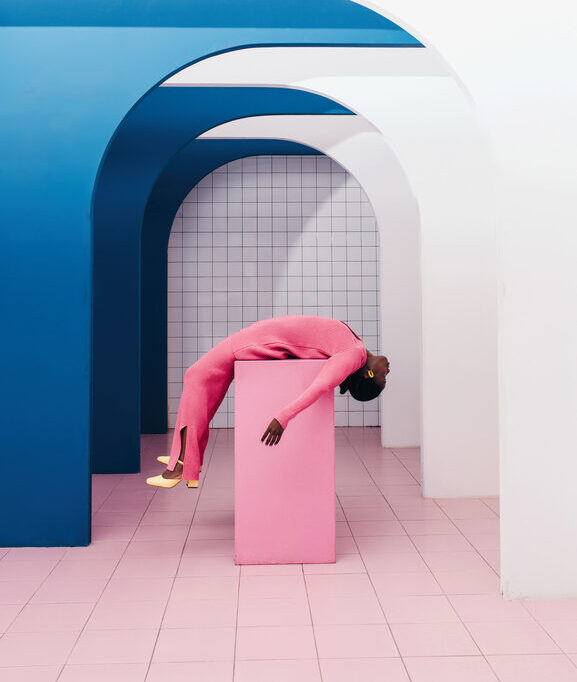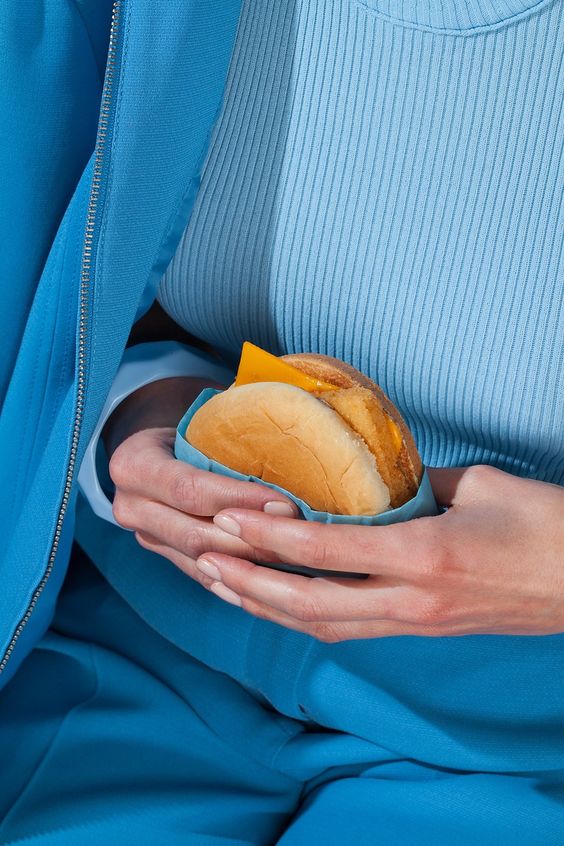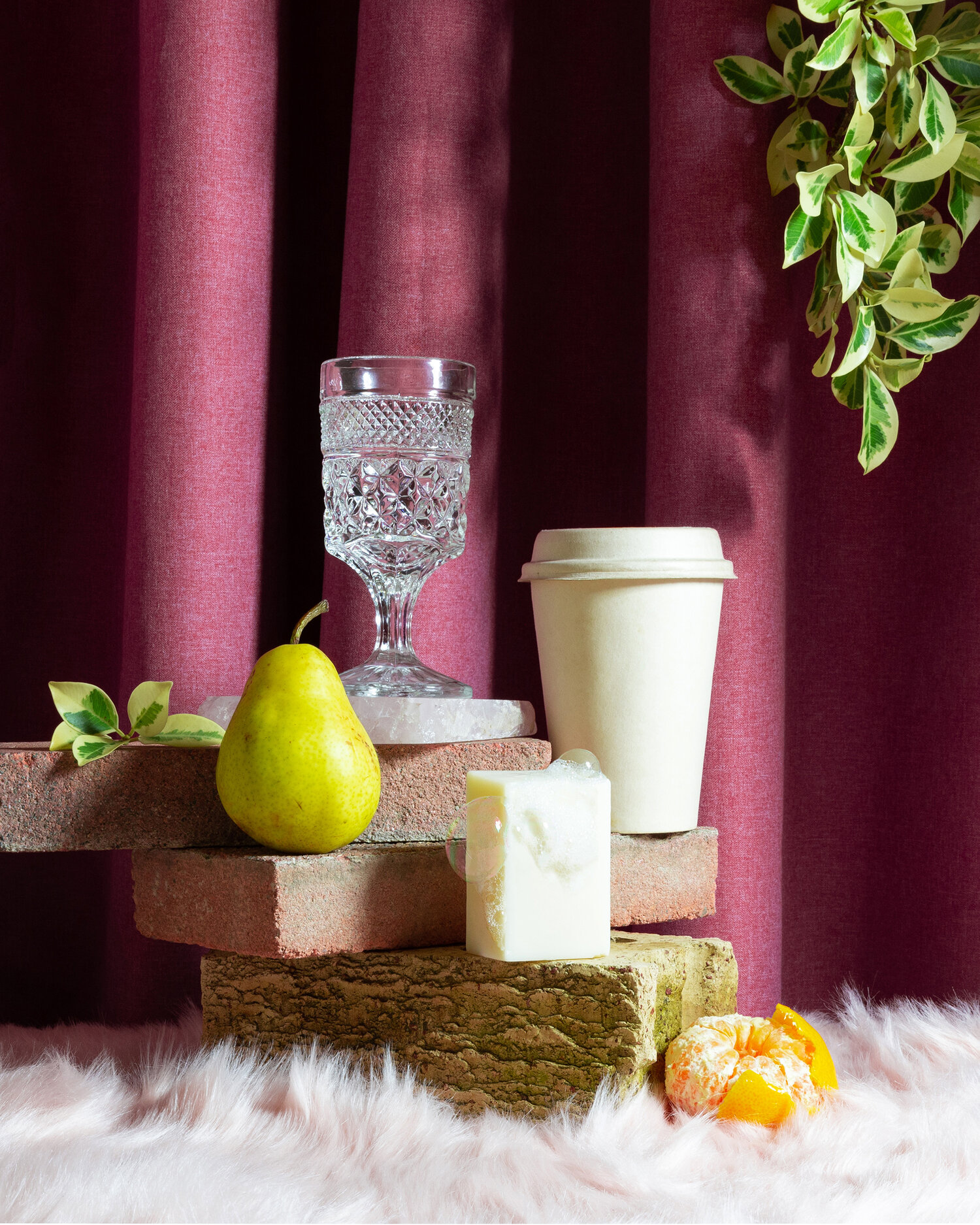Fast Fashion is responsible for two thirds of the earth’s landfill and produces more carbon emissions than all international flights and maritime shipping combined.
This impact is huge, and consumers are demanding change. We spoke to Bianca Gregg, Co Founder and Director of Del Rainbow about what she believes the future of sustainable fashion looks like and how brands must step up to the plate.
How did Del Rainbow come to be?
My journey to creating Del Rainbow was certainly guided by my higher self, as all paths truly did lead me here. I am a huge believer in the universe guiding our path when we trust the process. I hold a connection with all brands under our Del Rainbow ‘arc’, truly understanding every inch of who they are and why they do what they do. I began working in fashion over a decade ago, working as a stylist for magazines, where I quickly realised I wanted to get more involved ‘behind the scenes’ with the brands I was working with, and stepped into the showroom world. Almost immediately, I was involved in many facets of the industry; global sales, brand management, PR, marketing, distribution, manufacturing, brand development, all alongside creating our own in-house product. This transparency allowed me to develop my own unique vision for the changes that I felt the industry needed, and how to best support brands through making them.
Having insight into the mass production arena and being in a role that is based on selling more of something, I wanted to ensure I was also doing this with purpose and connecting others with brands who are doing better in the world across the three pillars of social, environmental, and economic.
Essentially this business was born from a passion to create change and stand behind others, championing them and their ability to be and do great things; alongside doing this myself. Four years on, Del Rainbow is a thriving Global Wholesale, Logistics and Brand Consultancy Agency based in Byron Bay, servicing worldwide.
Was sustainability always at the heart of your mission when creating Del Rainbow or was it something that developed along the way?
Sustainability was always at the heart of Del Rainbow as we believe that first and foremost sustainability is driven from a space of creating intentionally and purposefully. This is at the foundation of our business.
We have an ethics statement that we all live and breathe, it leads the way we operate within the wholesale sphere, and that is ‘people, purpose, then product’.
Product is a by-product of who you are, what you stand for and what you will. From here, it naturally developed very quickly as we began to become more knowledgeable in the sustainability space where we began to really dive deep into covering the three key tiers (environmental, social, and economic) within our business and our clients as we have worked so closely with them to develop these areas and set a standard that is truly leading the way within the industry. I have always been very passionate about this, I would often say to brands and buyers alike that there is no other way, we cannot sell or create more of this if it is not created from this space when it is readily available.
It is a very powerful market where we can encourage buyers to be connecting with product that is considered from these three elements to give them the opportunity to marry luxury with sustainability and bring this forward to their platform, community, and messaging. When we can encourage our brands to operate from this space and continue to flow and change as more innovation becomes available, it allows companies, buyers, manufacturers, fabric suppliers, designers etc to all be driven to operate from this space, offering the result in the broader community having ability to connect with something deeper and more meaningful.
Can fashion ever be sustainable? What does the term ‘sustainable fashion’ mean to you?
As a whole, No. Nothing that is ever being consumed and consistently produced can ever be truly sustainable. However, in the highest consumption industry in the world, it is our duty to operate from a considered space and be innovative. There is no other option. I do not believe there should be any brand being supported or continued to be purchased that is not changing the way they operate from considered practices, materials, ethics, human social compliance, and their base environmental impact. One of the largest impacts that I feel really hits home for people are the facts on water usage (and agricultural impact) from a regular cotton t-shirt compared to a GOTS certified organic cotton t-shirt. Every company and employees at all levels must be educated.
How can we possibly continue to make the same choices, or feel ethically ok to do so, if we are aware of the impact? The conscious alternative is readily available.
Sustainable Fashion to me means accessible, inclusive, transparent, and connected. If you don’t want to shout from the rooftops a certain element of a style journey, then there is an issue, so change it so that you can, proudly. Not only this but accredited practices from human social compliance to the accreditation of both the factory and the material used, this is the only way to measure and audit. When the community demands more from the brands they love or decide to ‘purchase’ elsewhere, there won’t’ be other options. The consumer is the one who has the power to make the change.
The whole garment needs to be considered, every inch from seam to stitch, not just one or two elements. I want to see the care label, the branding labels, the thread, the dyeing, material sourcing all considered. It is a chain, and the energetic properties carry through every level of this. All ends of supply chain should be aligned to truly state that we are on an ethical approach within the company. This is how brands and sustainable fashion hold everyone accountable and pushes all ends to continue to elevate.
Where have you implemented the biggest impact points within your business?
Del Rainbow aims to lead by example. We care about this planet, what we do, who we work with, what we create and want to ensure that this all stems from the foundation of purpose, responsible and ethical practices. We can see the impact by educating, encouraging, supporting, and passionately connecting people with the greater purpose. We know that we work in an industry that can make a significant change in the world – it is our choice whether that’s positive or negative.
We have been an entirely Carbon Neutral company since 2018. We donate 1% of annual revenue to selected charities through 1% For The Planet, every purchase in Del Rainbow Store plants a tree and contributes donations to charities via i=change and multiple donations we make annually to other organisations we hold close to our hearts. As a company we all care deeply about a healthy, sustainable planet and we do not shy away from supporting this financially.
Del Moment is an area that we are really excited about as this is our challenge to create an educational brand that promotes transparency and consideration of every movement of the journey, which you can view on site. We cover every tier of sustainability so thoroughly and it is just the beginning.
Our huge impact, though, is in our service offering where we work collaboratively with our partners to cultivate changes within their businesses at the foundational level of sustainability where these shifts, have huge knock-on effects in the supply chain. We also strongly educate our buying partners and retailers all year round on sustainability and what our brand partners are doing, these conversations and information allow collaborative impact.
What would be your top 3 suggestions for fashion brands wanting to do better in terms of sustainability?
The three tiers I recommend reviewing are the environmental, economic, and social. These three areas simplify sustainability and allow you to really hone in to your targets and goals.
The Environmental tier covers your consideration of environment and your impact. For a short overview, the environmental space covers considered materials from fibre, trims to packaging (such as regenerative fibres like Repreve®, Econly®, GRS recycled, innovative technology or innovating all elements within the garment to consider all fibre percentage, responsibly created such as GOTS certified, Tencel Lenzing Certified, Ecovero, bio-based, TERRYL®). The way these materials are created i.e water usage, water catchments recycling water, energy usage, agricultural impact on crops chemical usages water usage. Certifications in place within the creation of these fibres such as FSC, OEKO TEX Standard 100, GRS, GOTS, European Flax.
The social element focuses on compliance. It is ensuring that you have a supplier code of conduct in place. Who you partner with and support should also align with your company values and you can grow with them to achieve this. It is important to have a strong education surrounding social compliance, business accreditations and auditing and ensuring these are in place. Most importantly a global living wage standard is paid.
The Economic tier focuses on give back, partnership giveback, charitable organisations, alignment with notable partners such as 1% For The Planet, ensuring that you are putting back into the world and community form the profit made from its resources.
What are the key trends you are seeing amongst consumers that gives you hope for the future?
I think the biggest trend is that consumers are hungry for transparency. This is the one trend that gives me hope as it ensures that brands are held accountable to begin looking within at their practices and approach.
Its consumers who have all of the power, and we need to be calling this out. In the fashion industry at a broader scale, it is so heavily trend operated that companies cannot risk being left behind, so therefore this push for transparency and desire to be educated by the brands that we support is what will drive vast change in future. With this, it ensures that brands are vocal about their choices within practice and material choices and therefore lends to better practice and materials being purchased by these brands. Consumers are starting to really understand how brand operate, how product is created and becoming more accustomed to certain material choices- this demand is what will foster change as it truly is non-negotiable.
What does the future of fashion look like?
Innovative, purposeful, accountable, intentional.







